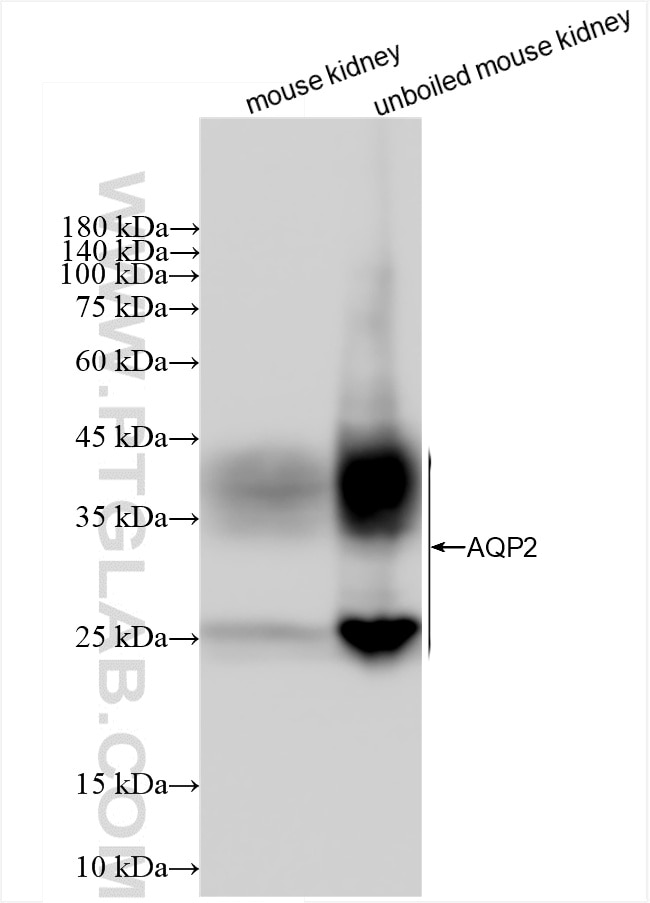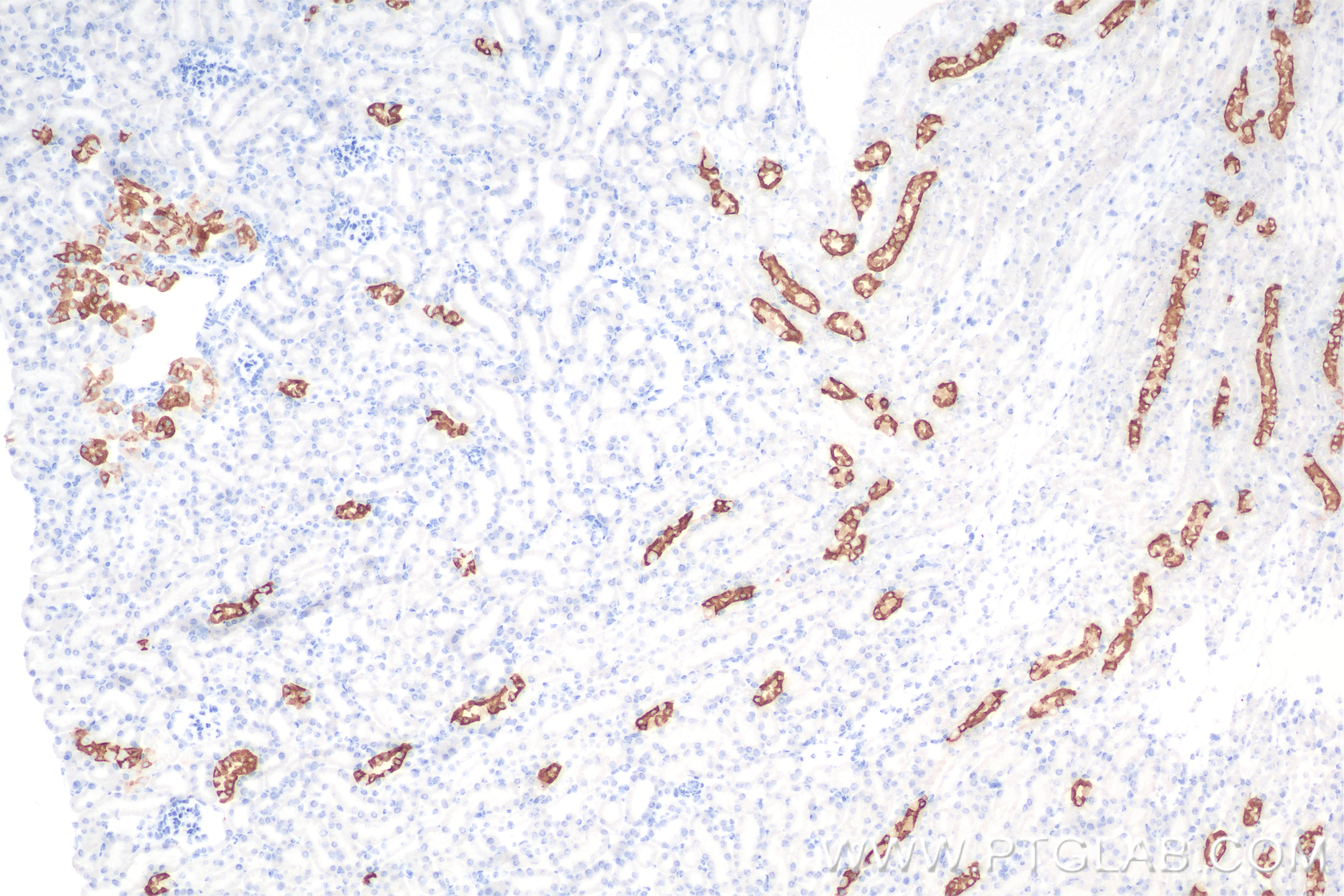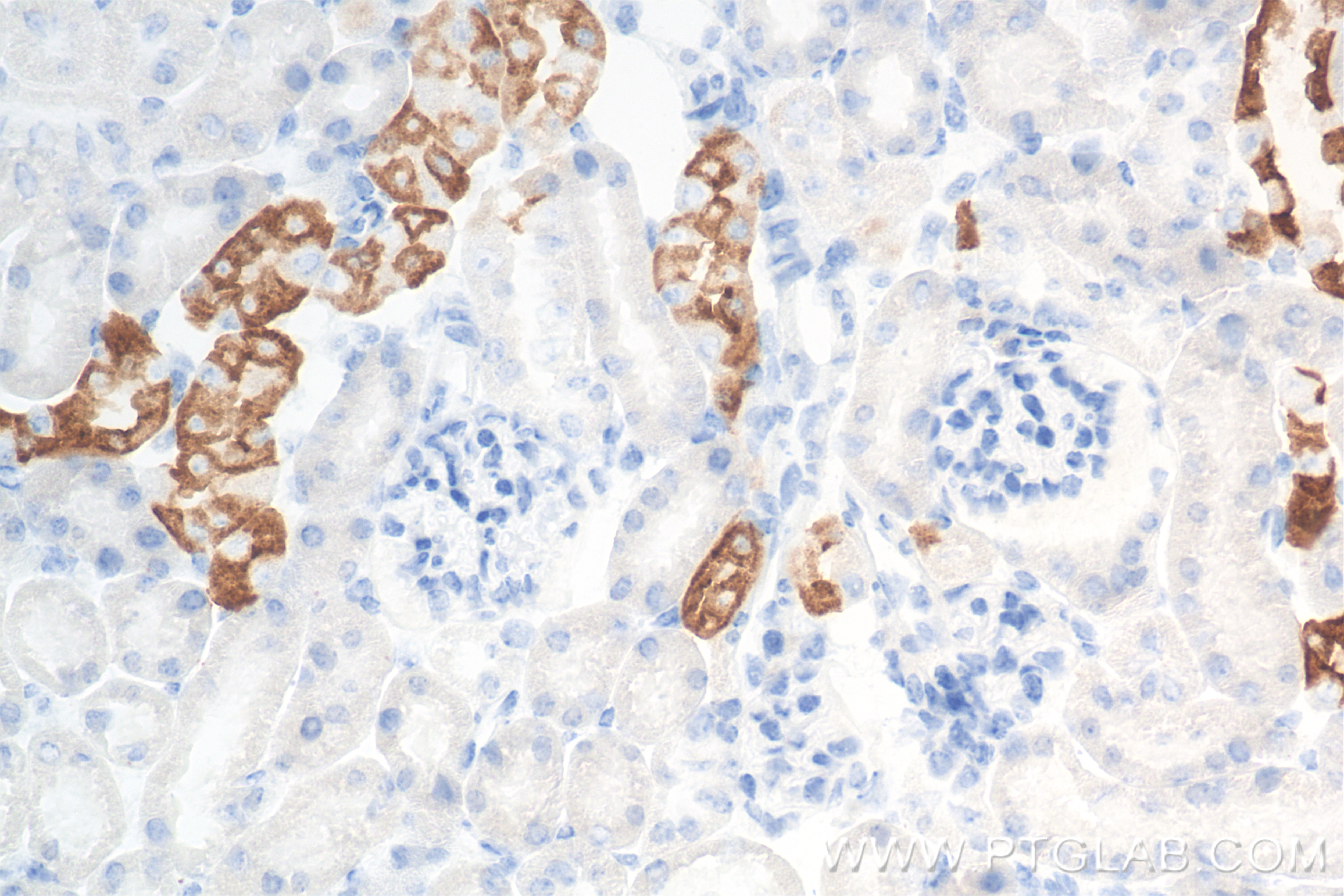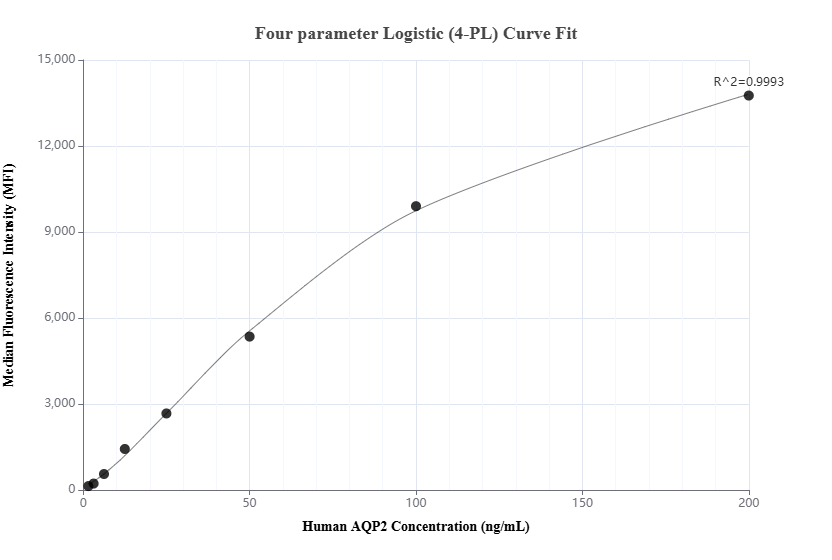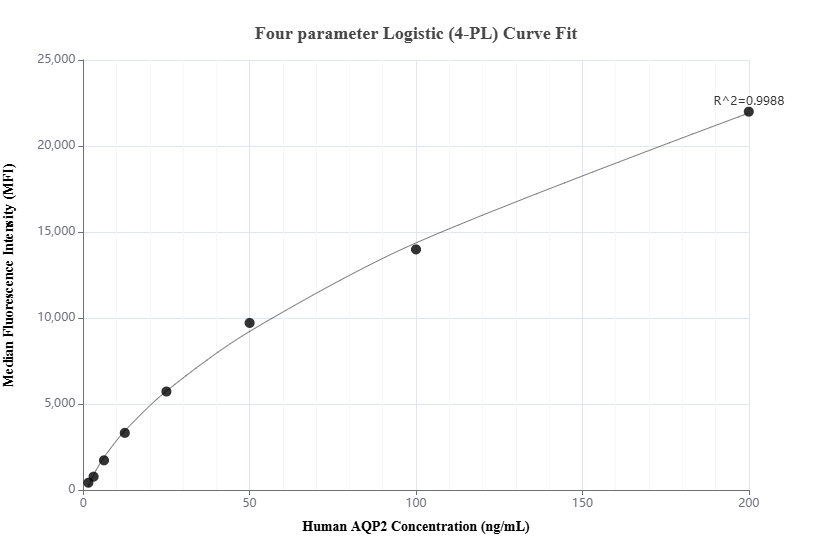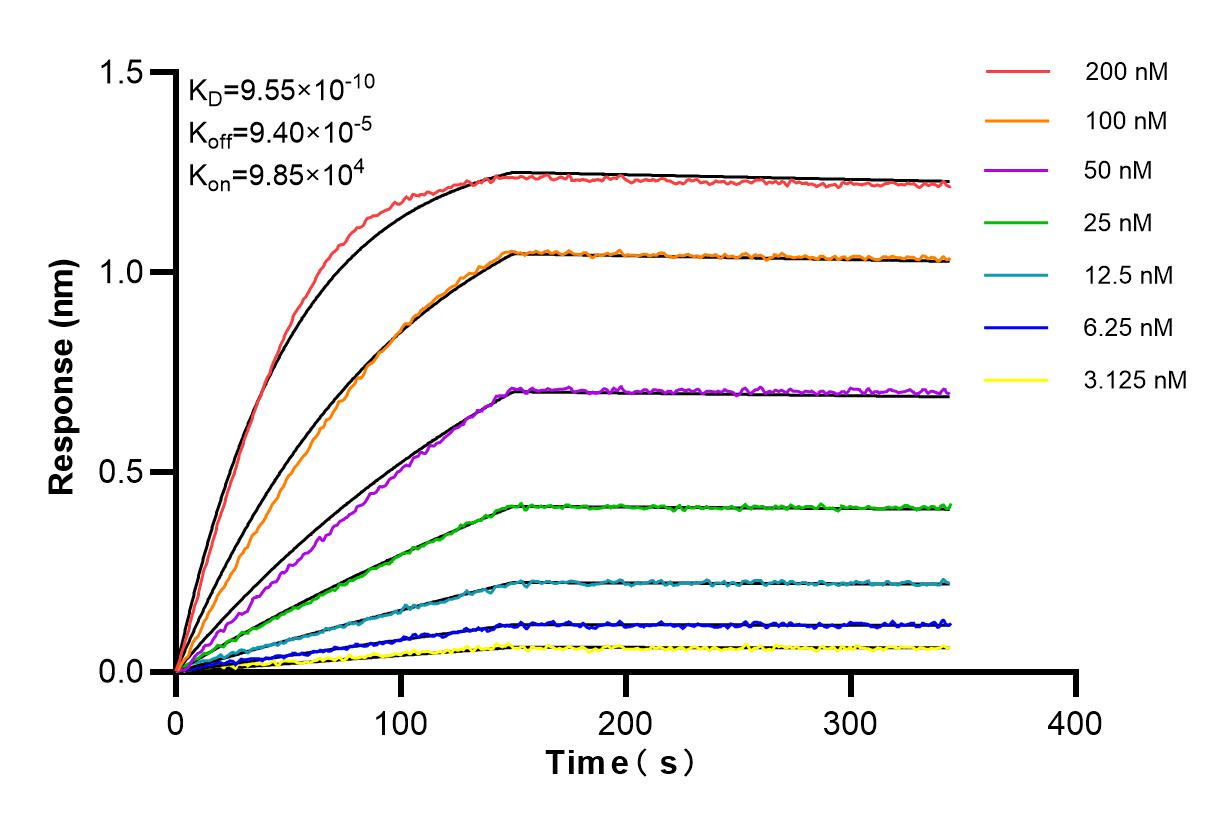Validation Data Gallery
Tested Applications
Recommended dilution
| Application | Dilution |
|---|---|
| It is recommended that this reagent should be titrated in each testing system to obtain optimal results. | |
Product Information
85402-1-PBS targets AQP2 as part of a matched antibody pair:
MP01925-1: 85402-1-PBS capture and 85402-2-PBS detection (validated in Cytometric bead array)
MP01925-2: 85402-1-PBS capture and 85402-3-PBS detection (validated in Cytometric bead array)
Unconjugated rabbit recombinant monoclonal antibody in PBS only (BSA and azide free) storage buffer at a concentration of 1 mg/mL, ready for conjugation. Created using Proteintech’s proprietary in-house recombinant technology. Recombinant production enables unrivalled batch-to-batch consistency, easy scale-up, and future security of supply.
This conjugation ready format makes antibodies ideal for use in many applications including: ELISAs, multiplex assays requiring matched pairs, mass cytometry, and multiplex imaging applications.Antibody use should be optimized by the end user for each application and assay.
| Tested Reactivity | human, mouse |
| Host / Isotype | Rabbit / IgG |
| Class | Recombinant |
| Type | Antibody |
| Immunogen |
CatNo: Ag29931 Product name: Recombinant human AQP2 protein Source: e coli.-derived, PGEX-4T Tag: GST Domain: 207-271 aa of NM_000486 Sequence: GPLVGAILGSLLYNYVLFPPAKSLSERLAVLKGLEPDTDWEEREVRRRQSVELHSPQSLPRGTKA 相同性解析による交差性が予測される生物種 |
| Full Name | aquaporin 2 (collecting duct) |
| Calculated molecular weight | 29 kDa |
| Observed molecular weight | 28-29 kDa, 35-38 kDa |
| GenBank accession number | NM_000486 |
| Gene Symbol | AQP2 |
| Gene ID (NCBI) | 359 |
| Conjugate | Unconjugated |
| Form | |
| Form | Liquid |
| Purification Method | Protein A purification |
| UNIPROT ID | P41181 |
| Storage Buffer | PBS only{{ptg:BufferTemp}}7.3 |
| Storage Conditions | Store at -80°C. |
Background Information
AQP2 (Aquaporin2) is a water channel protein that is widely distributed among mammalian tissues and plays a major role in water homeostasis. AQP2 is mainly found in the apical cell membranes of the kidney's collecting duct cells and is critical for urinary concentration. AQP2 can be glycosylated and this antibody recognizes the 28-29 kDa non-glycosylated as well as the 35-40 kDa glycosylated forms of AQP2.

